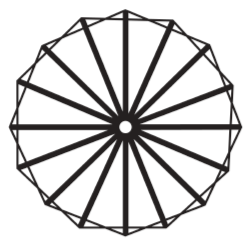When repression becomes so oppressive that it forges its own demise, we arrive at the paradox: use of violent repression can contribute to the instability of the regime that sponsors it.
Repression is an invasive force that has the potential to occupy every corner of civic and political space. It is a total system, whose rules, mandates, and customs can corrode or even dominate nearly every facet of human existence. Herein lies a glaring weakness: repressive systems can only become more dominating, and eventually, so unbearable as to provoke increased resistance against it. As Professor Michael Nagler notes:
“Once a state commits itself to a repressive posture, it’s going to have to intensify the violence and repression in order to uphold it, and at some point the repression will reach an intolerable level.”
In the context of a nonviolent struggle, the Paradox of Repression often plays out when a regime cracks down on a nonviolent movement, and as a result the nonviolent movement gains in strength as many more civilians rally to its cause. For instance, Gandhi’s campaign for Indian civil rights in South Africa gathered exponential momentum when the regime passed dehumanizing anti-Indian laws known as the Asiatic Registration Act or Black Act in 1907.
It is important to note that repression doesn’t always undermine the state’s position. The dedication and careful strategy of the actors in the movement must be sufficient to successfully make the repression rebound. After the Sharpeville massacre committed by the state against civilians in 1960, the anti-apartheid movement in South Africa lost much of its momentum and largely abandoned nonviolence. The more the nonviolent individuals and movement can anticipate the repression, devise careful strategies, and withstand punishment, the more surely the paradox will, in time, come into play. (The successful use of the paradox to increase the strength of a nonviolent movement has also been called “political jiu-jitsu.”)








